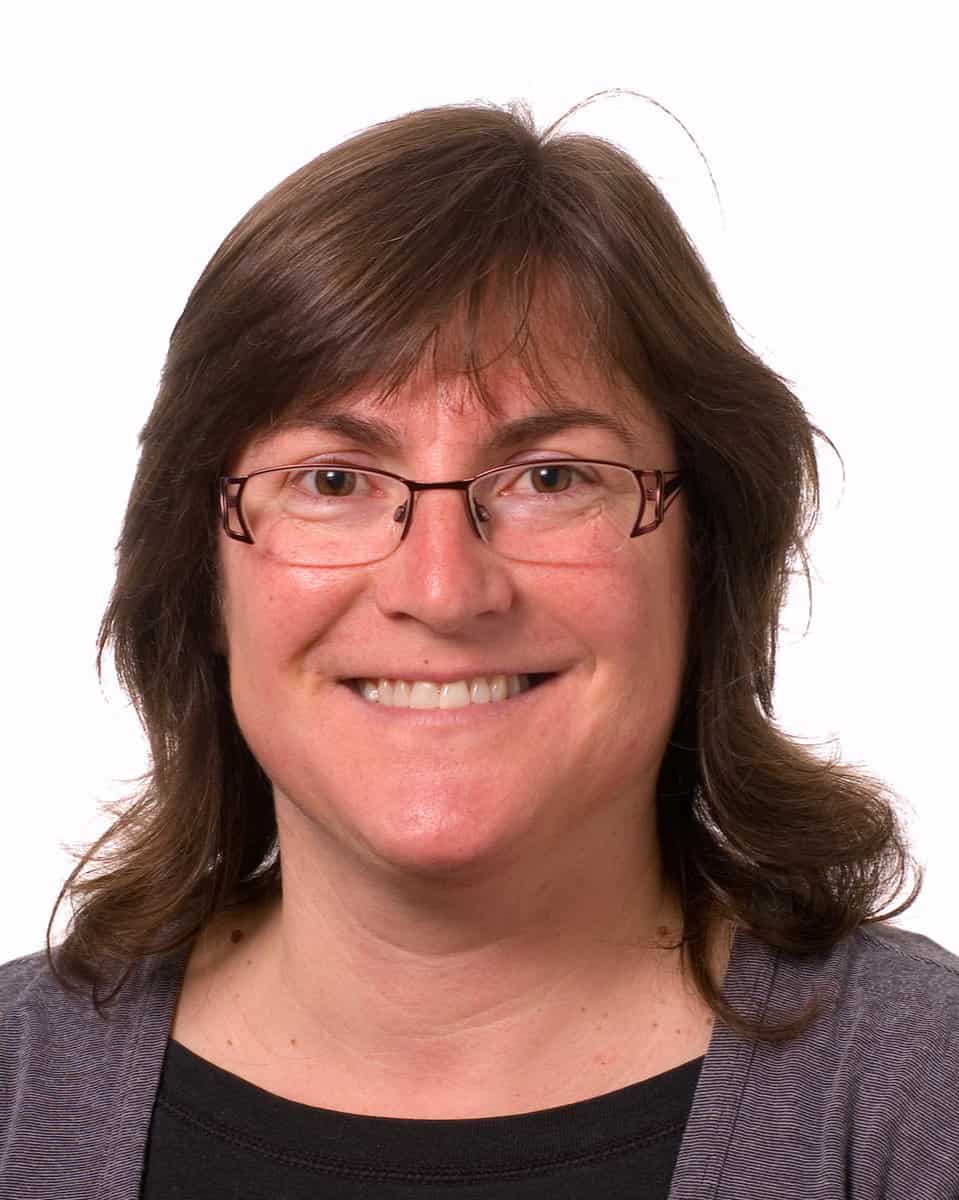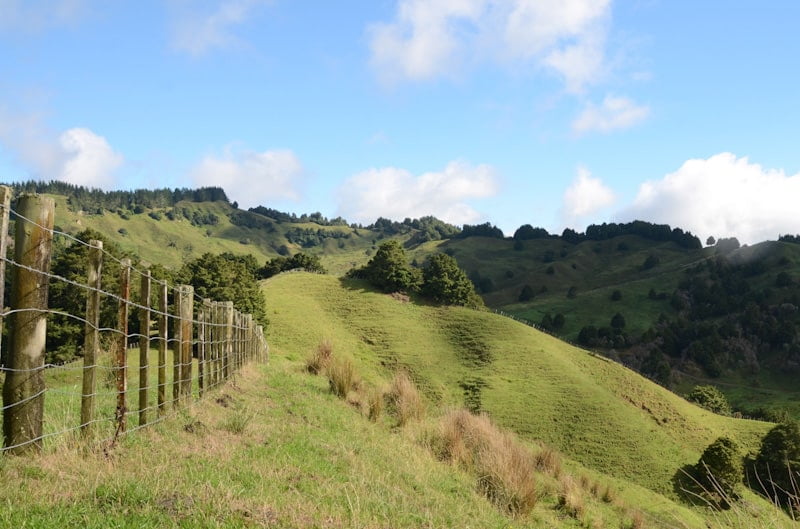Using co-design to produce a research agenda or develop policy interventions is not a new concept.
“It’s done in a lot of places, or at least it’s attempted,” says Ronlyn Duncan, an independent researcher working with Manaaki Whenua—Landcare Research.
However, co-design can be difficult, it’s resource intensive, and outcomes don’t always translate into action.

“Evaluations of co-design processes make such an important contribution to the emerging co-design literature,” says Ronlyn. “Evaluations help us look back and understand how an intervention played out and what difficulties were encountered and why.”
It was for these reasons that BioHeritage asked Ronlyn, and her co-author Melissa Robson-Williams, to revisit the 2020 BioHeritage co-design evaluation so that lessons learned could be shared with broader academic and policy communities.
Their article, titled ‘Co-designing a research programme for impact: lessons learned from practice by Aotearoa New Zealand’s Biological Heritage National Science Challenge Ngā Koiora Tuku Iho’, was published in June in Kotuitui: New Zealand Journal of Social Sciences Online.
Drawing on principles for assessing the quality of co-design processes, the article shares BioHeritage’s co-design “successes”, including: leadership; the involvement of diverse, knowledgeable and experienced participants across researcher, Māori and stakeholder/end user groups; clear values, rules of engagement and output expectations; power sharing; skilled facilitation; and a well-designed process. Amongst these successes, Ronlyn and Melissa identified BioHeritage’s values as a critical factor.
“In our view, BioHeritage is fostering systemic change and paving the way for the knowledge systems of mātauranga Māori and Western science to be brought together in authentic and equitable ways,” says Ronlyn. “We have identified these actions as values-inspired knowledge practices.”
“In our view, BioHeritage is fostering systemic change and paving the way for the knowledge systems of mātauranga Māori and Western science to be brought together in authentic and equitable ways. We have identified these actions as values-inspired knowledge practices.”
Ronlyn Duncan
The evaluation also revealed that Māori, stakeholder and researcher evaluation participants experienced co-design quite differently. In general, Māori participants tended to feel empowered by the process, and stakeholders indicated they were encouraged and pleased to have the opportunity to contribute.
For researchers, however, some were conflicted. For example, several pointed to discomforts around Western science itself playing a smaller role in the co-design process. Comments highlighted that what came out of this process was geared more towards system-level changes and less towards establishing the actual steps of executing a scientific project. These voices also pointed out that it was unclear how co-design would guide funding decisions.
“BioHeritage has been quite serious about impact-focused research,” says Ronlyn, speaking to the clear values held by BioHeritage. “What the impact-focused process did was turn everything on its head. That’s a very uncomfortable place for a scientist who is, understandably, focused on the nitty gritty of the science.”
The evaluation does not put these discomforts forward as a flaw or failure of co-design but as something to examine more closely. Ronlyn and Melissa did so in their recent article with a knowledge governance conceptual framework, which put these concerns into a broader institutional context. The article highlights how calls for research impact are shifting the relationship between science and society, yet the odds remain stacked against the acceptance of mātauranga Māori in a range of institutional spaces.
“These are tricky issues,” Ronlyn says. “Acknowledging they exist is an important first step.”
The article concludes by highlighting that BioHeritage, beyond creating a quality co-design process, sought to foster systemic change by showcasing how complimentary mātauranga Māori and Western science knowledge systems can be.
“Serious efforts are being made in New Zealand to navigate these knowledge systems together,” says Ronlyn. “BioHeritage provides a useful example of how that can be done. They did something really unique, which is important for other people to know about.”
Jenny Leonard
